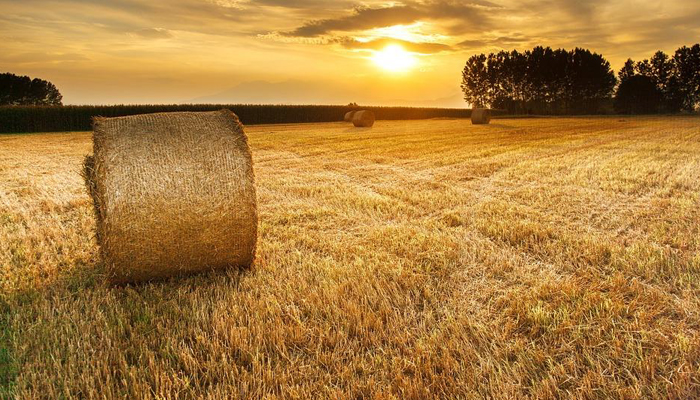17 August 2023
Tillage update: Making adjustments to the Straw Incorporation Measure

Michael Hennessy, Teagasc Head of Crops Knowledge Transfer, provides an update on the harvest, focusing on straw management and the Straw Incorporation Measure.
The harvest continued this week, but not all areas have managed three or four dry days together. Where this did happen, it has allowed the more difficult tasks to be completed like harvesting lodged crops, harvesting peas and recovering straw, which has been on the ground for the past four or five weeks.
For straw that has been on the ground for the past four or five weeks, quality has deteriorated and many farmers are questioning supplying this to their customers.
Close to 70,000ha of straw was entered for the Department of Agriculture, Food and the Marine’s Straw Incorporation Measure (SIM) this year. At the time of the BISS application, farmers had to choose the parcel(s) of land included under SIM. However, even with the best laid plans, there may be occasions where it is necessary to move to a different field or exit the scheme altogether.
To do either, the farmer must inform the Department of Agriculture, Food and the Marine (DAFM) of any changes being made as soon as possible. A farmer can change the location of the field entered into SIM. Ensure the new field or LPIS parcel is at least as large as the field being withdrawn. Where an existing field or LPIS parcel is being withdrawn (say 8ha) and being replaced with a larger field (say 10 ha), the entire field (10ha) must be straw incorporated, but DAFM won’t pay out extra money. If you intend making changes, contact DAFM as soon as possible by emailing sim@agriculture.gov.ie or contact your advisor for assistance.
Tillage Edge podcast
The latest Tillage Edge podcast talks about straw incorporation rules and changes which can be made. See the link here https://podfollow.com/the-tillage-edge‘ . Also in this episode, we discuss the new rules for grazing cover crops, growing oilseed rape and selecting the best varieties of the later.
Oilseed rape
The next two weeks are the ideal time to plant oilseed rape for harvest 2024. Planting early gives the best chance to get good establishment, achieve a large canopy before growth slows in November and help with weed control. A large canopy over winter gives the crop more resilience against pigeon attack but also, as the oilseed rape canopy retains nitrogen, it can lead to quite a saving in nitrogen inputs next year (where that canopy is intact at the end of February).
Choosing the variety to be grown is individual to farms as specific issues on farm may force a decision to a particular class of varieties. One of the problem areas which has raised its head in 2023 is club root in oilseed rape. This soil borne disease – once in a field – will stay in the field for years. There are a number of varieties which can be sown which are tolerant to the club root, but you need to contact your seed supplier early to ensure the variety is available. For more details on this topic watch the video below:
